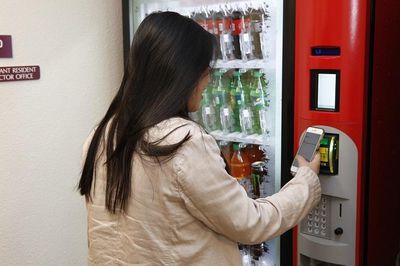Eero's lineup of routers now support HomeKit, eight months after Apple announced Amazon-owned Eero as one of the companies adding HomeKit support back in June at WWDC.
Any Eero, Eero Pro, or Eero Beacon running the eeroOS 3.18.0 update or later is now able to be added to the Home app using a setup process in the Eero app.
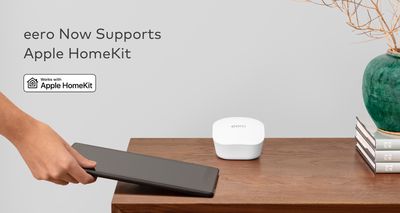
HomeKit for routers is a feature that was added in iOS 13, and it is designed to firewall off smart home devices for a more secure HomeKit experience. With HomeKit for routers, smart home products are not able to communicate outside the home without user permission, so if one HomeKit device becomes compromised, others remain safe.
There are multiple security settings that can be enabled for HomeKit-connected routers, as outlined by Eero.
- Automatic: allows an accessory to communicate to the devices and services approved by its manufacturer, preventing access by unauthorized services.
- Restrict to Home: allows an accessory to communicate only to HomeKit on your Apple devices. You will be able to manage your accessories through the Home app, but this may reduce some functionality, such as firmware updates.
- No restriction: allows an accessory to communicate with every device in your home, and any website or service on the internet, much like other devices on your home network.
After a HomeKit-connected router is added to a HomeKit setup, existing HomeKit devices will continue to benefit from "most HomeKit network protection features," but that they should be removed, reset, and then re-added back to the Home app for maximum security. From Apple's support document:
After setup, add your HomeKit accessories to the Home app. If you already have HomeKit accessories added to the Home app, they will continue to work and benefit from most HomeKit network protection features. For even more security, remove and reset your Wi-Fi accessories then add them back to the Home app. This creates a unique passkey known only to the router and each accessory.
Eero is the first router manufacturer to add support for HomeKit to its devices, but HomeKit support is also coming to Linksys and Charter/Spectrum routers.


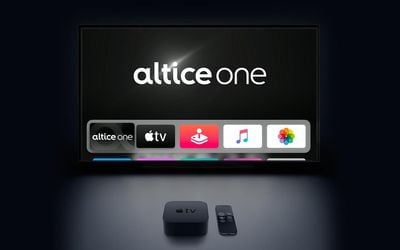
 Note: MacRumors is an affiliate partner with Amazon. When you click a link and make a purchase, we may receive a small payment, which helps us keep the site running.
Note: MacRumors is an affiliate partner with Amazon. When you click a link and make a purchase, we may receive a small payment, which helps us keep the site running.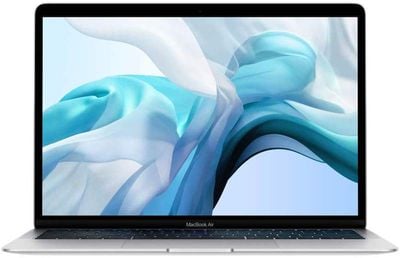 Note: MacRumors is an affiliate partner with Amazon. When you click a link and make a purchase, we may receive a small payment, which helps us keep the site running.
Note: MacRumors is an affiliate partner with Amazon. When you click a link and make a purchase, we may receive a small payment, which helps us keep the site running.
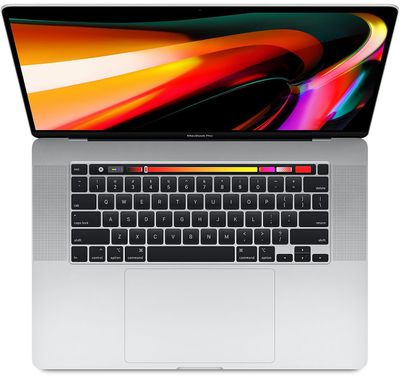
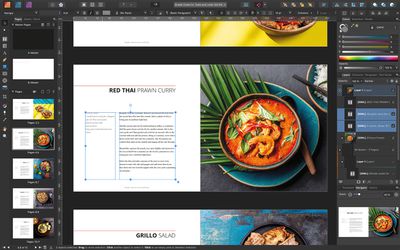



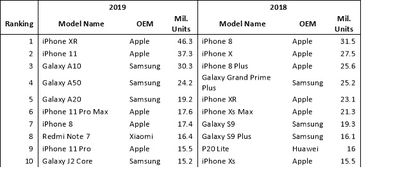

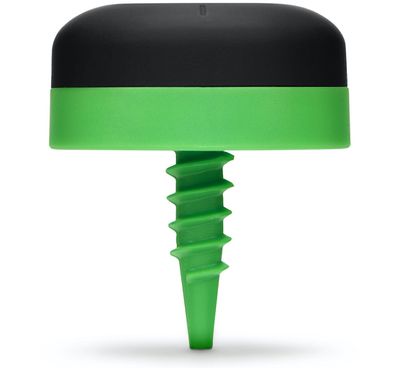
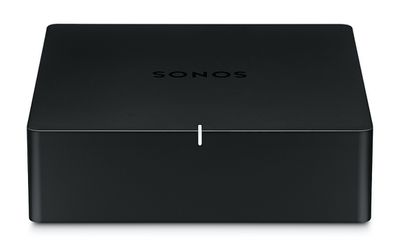
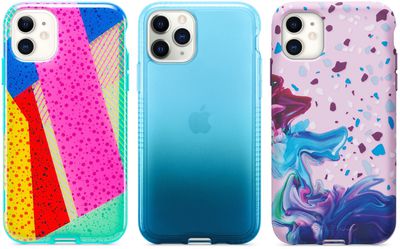

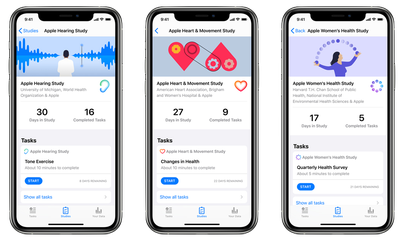


 Note: MacRumors is an affiliate partner with these vendors. When you click a link and make a purchase, we may receive a small payment, which helps us keep the site running.
Note: MacRumors is an affiliate partner with these vendors. When you click a link and make a purchase, we may receive a small payment, which helps us keep the site running.